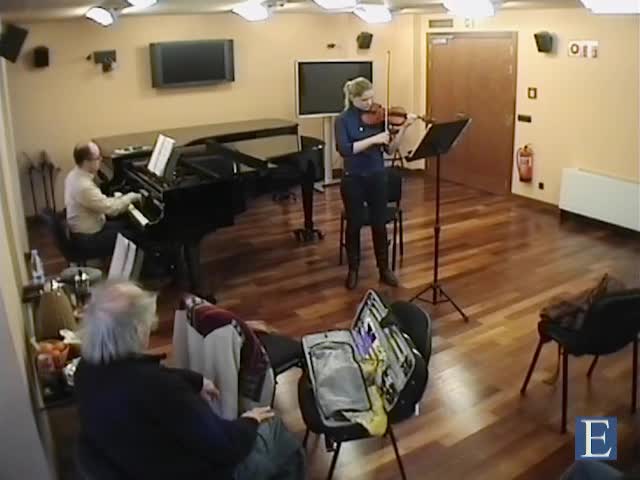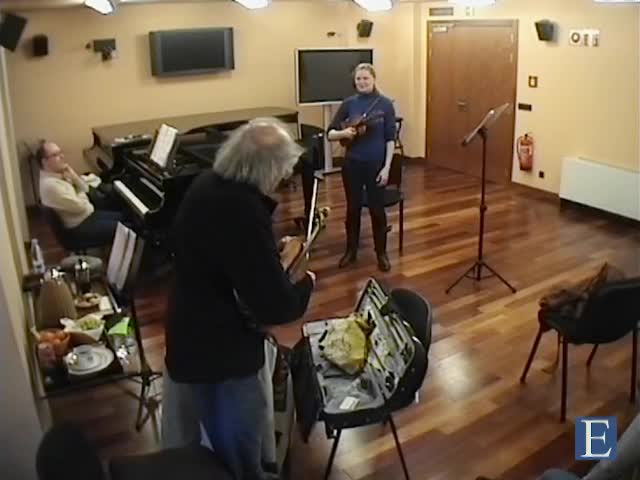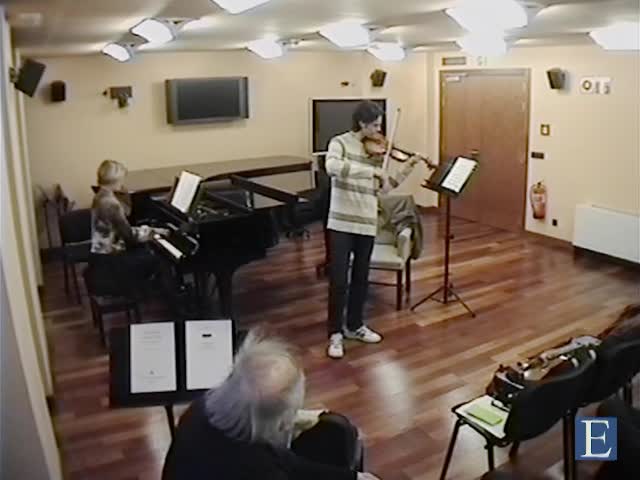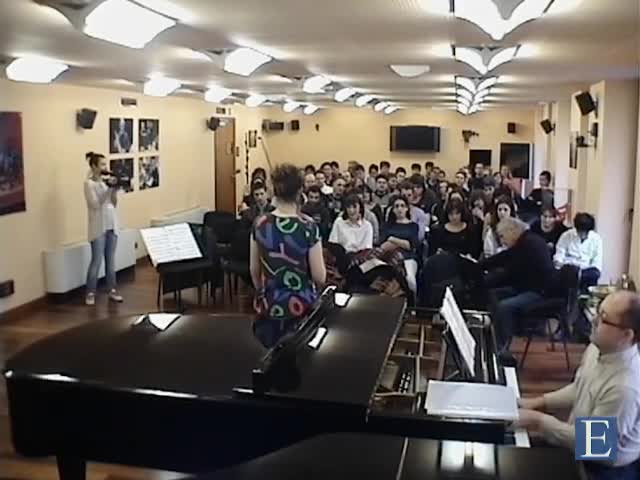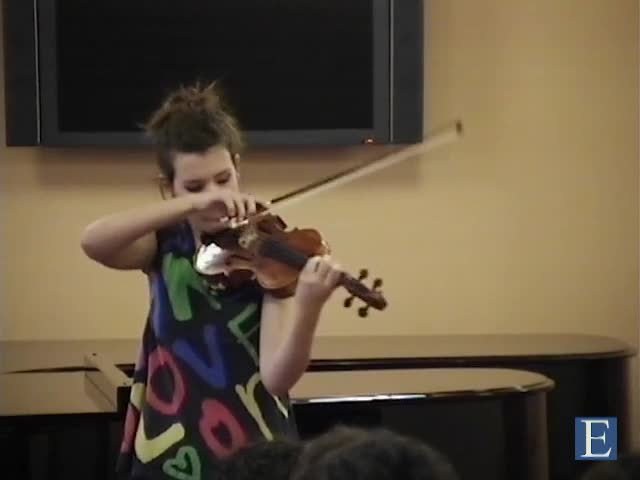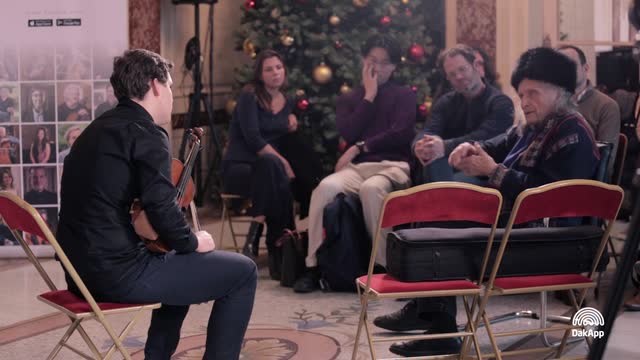Ivry Gitlis was born to a Jewish Ukrainian family in former Palestine; this mixed heritage seems to have given him something of an international outlook that was perpetuated by contact with teachers from a variety of schools of violin playing. His first lessons were from Mira Ben-Ami, a Szigeti pupil; then Huberman, having heard Ivry’s first public concert, offered financial support for him to go to Paris where he entered the École Normale de Musique to study with Jules Boucherit and Marcel Chailley. Taking a premier prix after two years there, Gitlis then went to Flesch in Belgium to develop his technique, and then to Enescu whom he considered a ‘musical god’. Next he studied with Thibaud, who influenced him greatly in terms of producing a natura...


